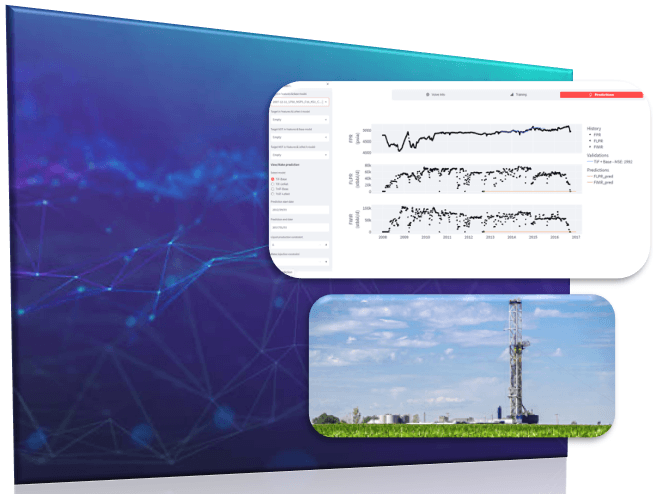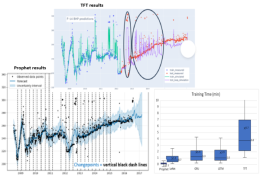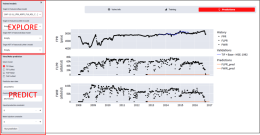

Understanding and forecasting reservoir well properties (pressure, temperature, flow rate) is essential to optimize production and reduce operational risks. Traditionally, predicting the pressure evolution of a field relies on dynamic physical models that need to be built and history-matched. This process is complex and time-consuming, often taking several months to years depending on the field’s fluid properties, geological complexity, number of wells, and the availability of data.
Our objectives are to evaluate AI models for predicting well properties over time. In particular, we aim to assess whether the pressure response of a field under various production and injection scenarios can be reliably estimated using both shallow models (ARIMA, Prophet) and deep models (CNN, LSTM, GRU, TFT). This is especially relevant for situations requiring fast decision-making, or when physical models are unavailable or still under construction, in order to provide rapid and reliable forecasts to support operational decisions.
For this demonstration project, various Python libraries were used to train AI models, including Keras for neural networks, Statsmodels for ARIMA, and Prophet. Four main families of models have been implemented, each with their own set of hyperparameters: Classical models (ARIMA, Prophet), Neural networks (LeNet-5 (1D-CNN), LSTM, GRU), Advanced models (Temporal Fusion Transformers (TFT), Graph Neural Networks). Training processes were conducted using Jupyter notebooks. A Streamlit interface has been developed for some models (and is under construction for others) to allow users to navigate through trained models, select one, and make predictions. To perform a prediction on the interface, input boxes for field liquid production, field liquid injection, and forecast period must be completed.
Results were obtained using the open-source Volve field dataset (North Sea). They show that neural networks can effectively capture the evolution of pressure as a function of production and injection patterns. Shallow models (Prophet, ARIMA): Fast training times (<10s) with good accuracy for single-well forecasts. Deep models (TFT, GNN): Provided better performance for multi-horizon forecasting tasks, although with longer training times (~3 min). Overall, these results demonstrate the feasibility and potential of AI models for rapid and reliable reservoir forecasting.
Future work will focus on integrating physics-informed neural networks (CRM models) to improve generalization capabilities and expanding multi-well forecasting enhancing our first graph-based AI architectures. A comparison with the open-source Volve dynamic model still needs to be carried out, and comparing results with material balance methods could also provide valuable insights. Additionally, testing the methodology on other fields would be very useful to further validate the approach. Finally, we aim to continue engaging the community through open-access tools and interfaces.






